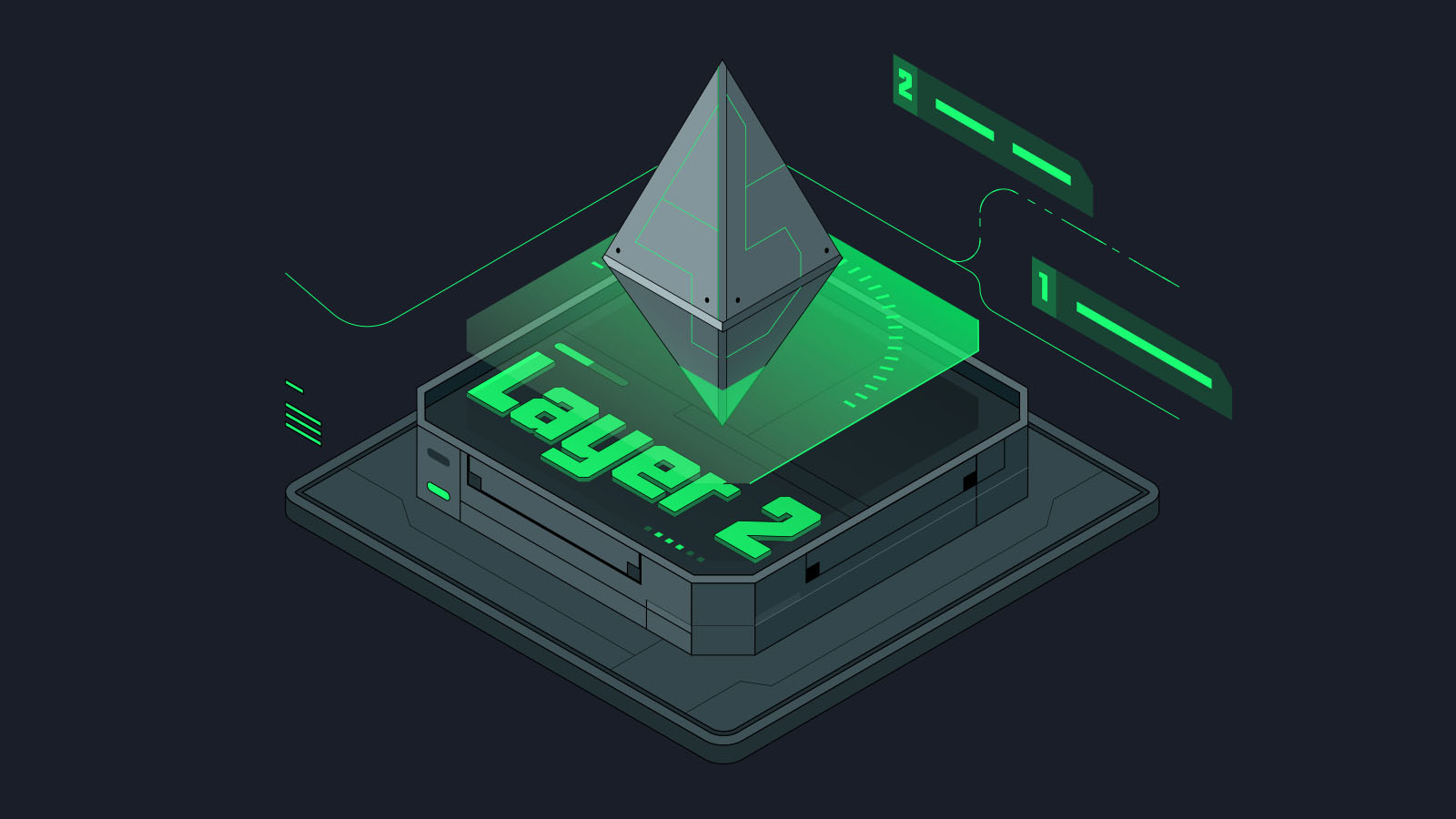The best Layer 2 blockchain models depend on specific application requirements, with optimistic rollups excelling for general-purpose smart contracts, zero-knowledge rollups providing superior security and privacy, and state channels offering instant finality for frequent interactions. Each model presents unique advantages in areas like transaction throughput, security guarantees, development complexity, and user experience optimisation. littlepepe can evaluate these models based on their community needs, technical requirements, and long-term scalability goals to select the most appropriate Layer 2 architecture for sustainable growth and optimal user experiences.
Off-chain interaction frameworks
State channels enable unlimited transactions between participants through off-chain execution that only requires main chain settlement for channel opening and closing operations. These frameworks excel at applications with predictable participant sets and frequent interaction patterns that can amortise setup costs across numerous transactions.
- Instant transaction finality with zero network confirmation delays
- Perfect privacy through completely off-chain execution environments
- Unlimited throughput capacity between channel participants
- Atomic multi-step operations with guaranteed execution consistency
- Zero marginal costs for individual transactions within established channels
Channel frameworks provide optimal performance for gaming, micropayments, and real-time trading scenarios where immediate settlement and unlimited throughput create significant user experience advantages over traditional blockchain processing.
Hierarchical scaling architectures
Plasma implementations create tree-like blockchain structures where child chains operate independently while periodically committing state updates to parent networks for security inheritance. This architecture enables massive horizontal scaling through parallel processing across multiple specialised chains that can implement custom features and consensus mechanisms. Plasma chains provide complete sovereignty for applications requiring unique governance structures, consensus rules, or feature sets while maintaining security through cryptographic commitments and exit mechanisms.
Hybrid consensus approaches
Multi-technology Layer 2 solutions combine different scaling approaches to leverage specific advantages while mitigating individual limitations through integrated architectures. These systems might utilise optimistic execution for general operations, zero-knowledge proofs for sensitive transactions, and state channels for high-frequency interactions within unified platforms. Hybrid models enable applications to optimise their architecture for various use cases while maintaining interoperability through standardised communication protocols and bridge mechanisms.
Data availability solutions
Validium architectures achieve maximum throughput by combining zero-knowledge proof validation with off-chain data storage, reducing main chain requirements while maintaining cryptographic security. These solutions excel at applications requiring extreme scalability, where external data availability dependencies represent acceptable tradeoffs for enhanced performance.
- Maximum transaction processing through off-chain data management
- Cryptographic security preservation via zero-knowledge proof verification
- Minimised main chain storage requirements, reducing settlement costs significantly
- Specialised optimisation enabling high-volume application support
- Flexible storage solutions supporting various data availability providers
Validium models provide exceptional scalability for applications that can accept data availability assumptions in exchange for superior cost efficiency and transaction throughput capabilities.
Application-specific customizations
Specialised Layer 2 networks optimise for particular domains like gaming, decentralised finance, or social media through custom consensus mechanisms, specialised features, and user experience optimisations. These solutions implement domain-specific improvements that would be impossible within general-purpose scaling frameworks. Gaming-optimised networks prioritise instant confirmation and complex state management, while DeFi-focused platforms implement MEV protection and advanced financial primitives. Social applications emphasise identity verification and content moderation features that integrate seamlessly with blockchain-based ownership and community governance systems.
The best Layer 2 blockchain models vary important based on application requirements, with optimistic rollups serving general-purpose needs, zero-knowledge systems providing enhanced security, state channels enabling instant interactions, and specialised solutions optimising for specific domains. Successful model selection requires careful evaluation of throughput needs, security requirements, development resources, and long-term sustainability goals. The evolving Layer 2 landscape continues producing innovative approaches that address increasingly sophisticated demands while preserving decentralisation and security principles essential for blockchain value creation.



